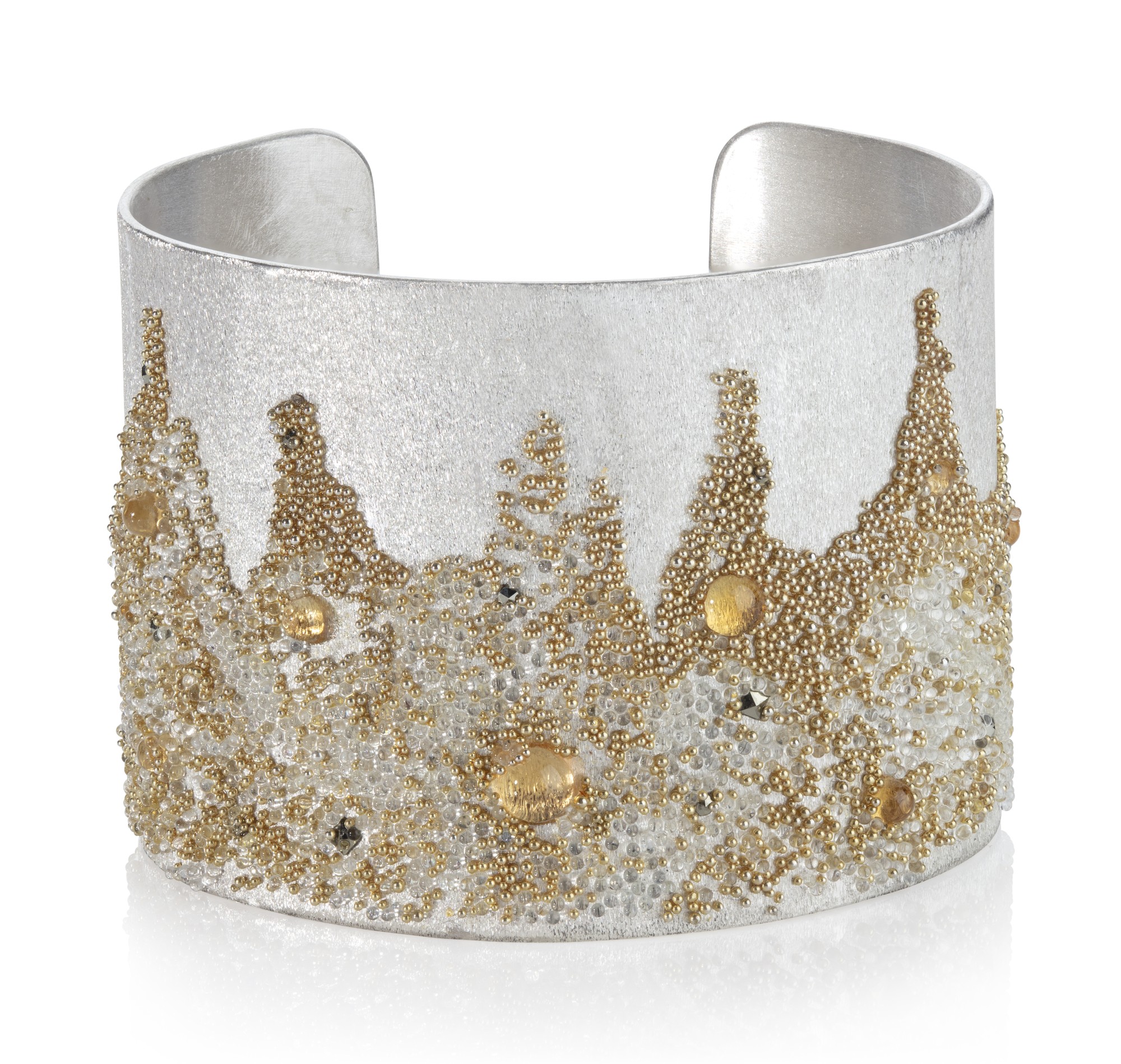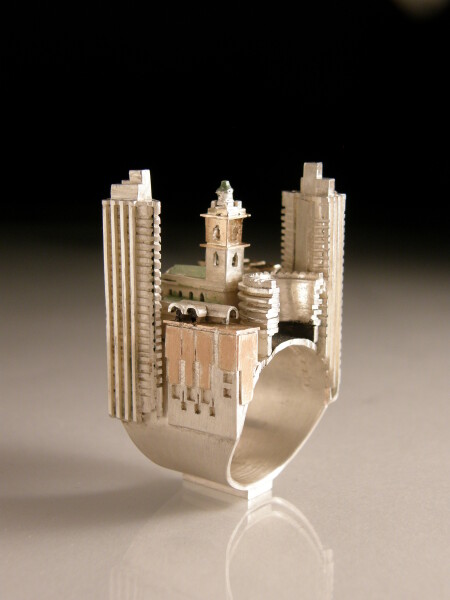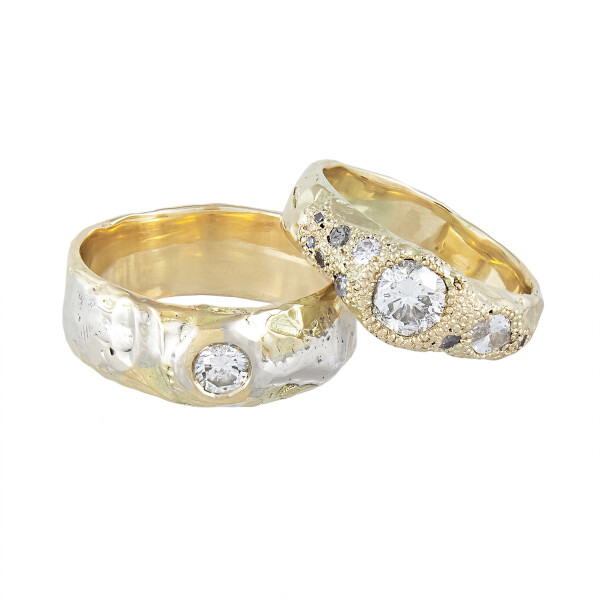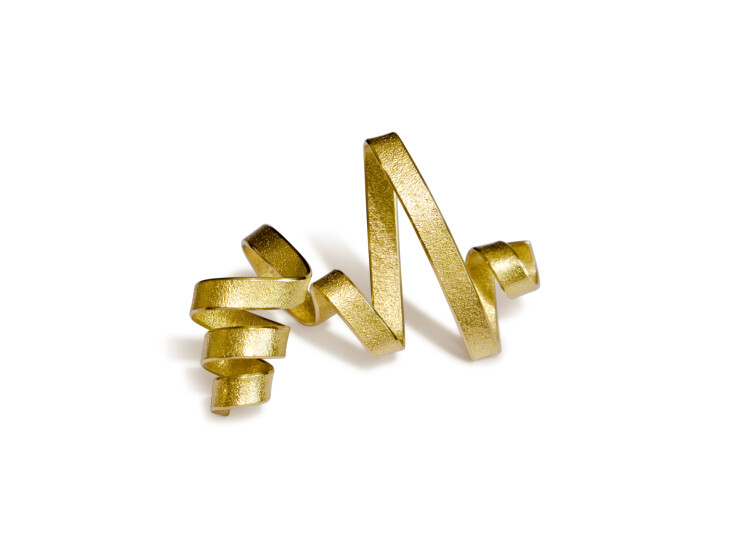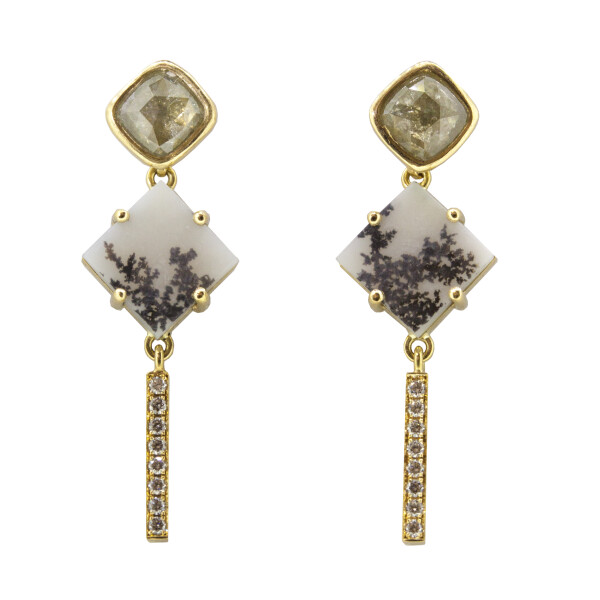Andrea Marechal Watson reports on trends in the jewelley trade
Early man believed that the strange bright stones they found in mountains and on river beds, created by mysterious underground forces, were somehow godlike. Countless legends spanning the world from ancient Greece to Australia share the idea that jewels are somehow of divine or superhuman origin. Amethyst was said to have been created from the tears of Dionysus, onyx from the fingernails of Venus while for the Aboriginals of southern Australia opals were created when their ancestral God came to earth in a rainbow. Magical powers – both good and bad – have always been attributed to gems. The moonstone was believed to be a way of communicating with the gods; jade was (and still is) used to attract good fortune; rubies were said to help in warfare; emeralds to protect travellers and diamonds – once called the tears of the gods – were supposed to have powers over love and health – but could also poison. Pearls – think of Elizabeth I – can be seen as a power tool in the working woman’s wardrobe.
The emotional hold that gems have over us is also reflected in a growing interest in crystal healing. The Covid-19 pandemic has boosted sales of crystals that give ‘immunity’. Scientists, searching for explanations, have suggested that we are drawn to gems because they evoke the shiny surface of water so essential for survival. *
The soft power of jewels has been endlessly exploited by diplomats, traders and of course lovers. Pliny the Elder wrote that Cleopatra dissolved a priceless pearl in vinegar to impress Marc Antony. In modern times, De Beers’ famous marketing slogan ‘a diamond is forever’ created the myth that all engagement rings must contain a diamond.
Diamonds, however, no longer enjoy quite the same aura and in today’s jewellery industry there’s far greater diversity, with coloured stones such as rubies and emeralds back in vogue, along with quirky and characterful settings.
“In our end of the industry, big sparkly diamonds not the thing at all,” says Harriet Scott, head of events at Goldsmiths, whose annual fair takes place this month. “People are looking for something more individual and also affordable.” Ms Scott hopes that the online fair will attract a younger and more diverse audience and says that not having to ask the price in person overcomes a huge barrier.
Stories of bizarre commissions abound, among them the rings of Vicki Ambery-Smith, inspired by real and imagined architecture. “One of my ring celebrates a 10th wedding anniversary based on places of significance – St Ebbe’s Church where my client was married, her home in Oxford and even her car – a Charleston 2CV – were included.” Recent RCA graduate Gearry Suen turns heirloom pieces into modern designs using 3D modelling combined with ancient techniques like jade carving while Castro Smith specialises in bespoke signet rings – items that have come back into fashion.
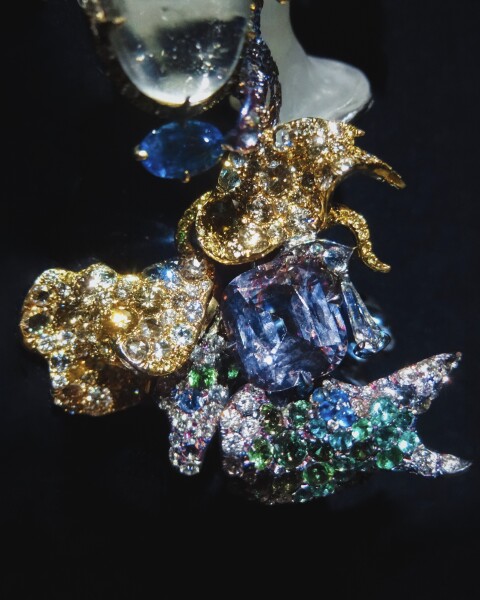
Most of the 136 exhibitors are happy to remodel jewellery. This upcycling and recycling of heirloom pieces – while sounding very millennial – is actually well documented historically. “Recycling gemstones has been going on since Roman times – which is partly why so little jewellery survives outside of royal and museum collections,” says Tricia Topping, an ambassador for Goldsmiths.
A wave of repurposing famously followed the execution of Charles I when Oliver Cromwell had the crown jewels either destroyed or repurposed and their gold settings turned into coins stamped Commonwealth of England.
Refashioning jewels was one of the ways that Cartier built their business in the early 20th century when they conducted a thriving business in India turning jewellery that belonged to the maharajas into more fashionable Art Deco masterpieces.
Perhaps the most famous – and controversial – example of a refashioned jewel is that of the Koh-I-Noor, ceded to Queen Victoria by the nine year old ruler of the Punjab, Duleep Singh, and exhibited at the 1851 Great Exhibition. At Albert’s insistence, the stone was recut to make it sparkle more, reducing its size dramatically but answering the tastes of the day.
Often settings are old fashioned and pieces therefore unworn. The stones they contain are another matter. The story behind Shimell and Madden’s Lifeline Brooch once again demonstrates the emotional power of stones.
“I have been trying to simplify my life – selling, giving away or throwing out and this included going through my jewellery box,” says Annette Austin. “Having given away all the unwanted pieces, I was left with a number of gemstones in old fashioned settings each of which told a tale of my life and travels. Shimell and Madden reset the stones in a single brooch which I now wear regularly. They include a garnet – my birthstone – from a ring given to me on my 16th birthday and an amethyst found by a great uncle when fossicking (gem hunting) in the Outback and presented to me when I was 21.”
Ellie Mhairi Cameron reworked two wedding rings for a couple, both widowed, who decided to carry their previous partners memories with them by having the stones reset in the original gold. “I took the heirloom diamonds from both rings and reset them adding a few more diamonds to fit with the design the lady liked.”
“I want a cocktail ring that can be worn with jeans,” one client told Maya Selway who liberated an emerald from an outdated setting. “I loved the brief, ” she says.
West London jeweller Esther Eyre, whose clients include Gwyneth Paltrow and Tilda Swinton says attitudes to remodelling have changed: “When I was first asked to re-mount some jewellery for an Iranian lady I was horrified. I had a deeply held English attitude that jewels should be kept as they were. Not so in the eyes of Middle Eastern ladies – they had a lot of jewellery and would regularly have their pieces reworked into something more fashionable. Much of my work since then has been helping clients to re-imagine their jewels into pieces they really want to wear.”
Recycling gemstones also helps address growing concern over the ethics of the jewellery trade, with gold and diamonds at the forefront of bad practices.
“Ethical and Fairtrade jewelley is a small but growing area and there’s much more education out there but it is not foolpoof. A lot of geenwashing is also going on,” says Scott.
Diamonds in particular have achieved a bad reputation in part due to the 2006 Leonardo DiCaprio blockbuster Blood Diamond with its biting commentary on the dark side of the trade. The same year as filming took place – 2005 – the Responsible Jewellery Council was founded to advance ethical, human rights and environmental practices in the supply chain. “The film did a great job,” says Scott.
When the V&A’s jewelley gallery was re-opened in spring of last year, the museum took the opportunity to acquire its first Fairtrade piece, a gold brooch called The Curling Crest of a Wave by Ute Decker, a maker who is also at the forefront of a drive to sustainability. Fairtrade Gold ensures a fair price as well as setting standards on working conditions, health and safety, child labour and the environment.
“In a world where sustainability is now the buzzword, jewellery is the ultimate in recycling,” says Ms Eyre. “It’s an interesting conjecture that particles of the gold in modern pieces may have been worn by the Ancient Egyptians.”
* Goldsmiths’ Fair takes place from 24 September to 6 October. A programme of free talks will be running. To register visit www.goldsmithsfair.co.uk.
* Research published in the Journal of Consumer Psychology
